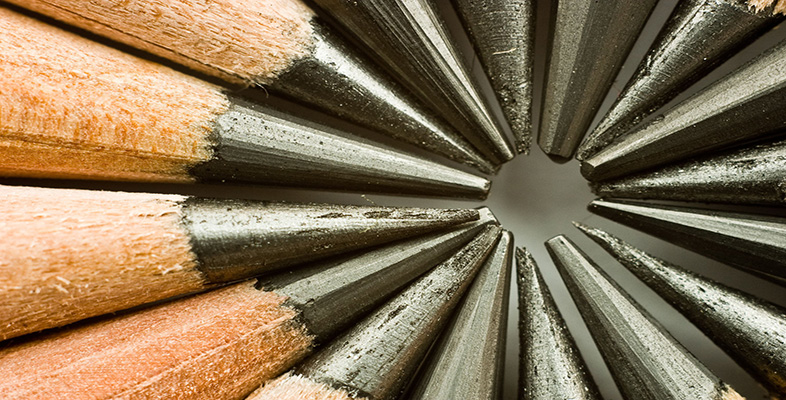4.2 Diagrams for understanding
Diagrams for understanding are best developed within the creativity phase, though sometimes you can go straight on to using a diagram more suitable to the connectivity phase. Most diagrams for understanding begin at the centre of the sheet of paper and work outwards. Buzan's (1974) spray diagram is built up from an initial idea with its branches; these branches have their own branches and so on until you reach the detail at the end of each twig. This technique is particularly useful for analysing printed information which may be very difficult to understand; set out in diagrammatic form, one can see how balanced or disjointed the information is.
However, spray diagrams rely on there being logical connections between the elements and relatively linear relationships between the core idea and the detail at the periphery. So they tend to be more useful when you want a relatively straightforward ‘understanding’ of a situation and not when you want to develop a more creative understanding.
When Peter Checkland began to analyse human activity systems, he and his colleagues developed a technique which he called the rich picture because it contains more than should be necessary to understand the situation. Rich pictures need a lot of space and you don't have to be an art expert – indeed, artistic flair can sometimes be a diversion from the goal of drawing useful rich pictures.
Rich pictures require you to make pictorial representations of each of the elements in a situation and annotate any interactions and relationships between the elements in the situation. These are not normally linear and the precise nature of the relationships between certain elements may be unclear. Don't try to impose order on a rich picture; it is intended to assist in understanding a complex situation and trying to impose order denies the very complexity of the situation. For example, if you identify ‘problems’ in a rich picture, you will have prejudged the situation and thus also what might be ‘solutions’.
Having said that, a rich picture may suggest interactions and relationships of which you had been unaware and you may wish to ‘redraw’ the picture to highlight these interactions and relationships. This is perfectly alright as long as you keep the original picture to remind you what it looked like and remember that ‘redrawing’ a rich picture is the equivalent of moving from the creativity to the connectivity phase and imposing your version of a more ordered reality on the complex situation.
